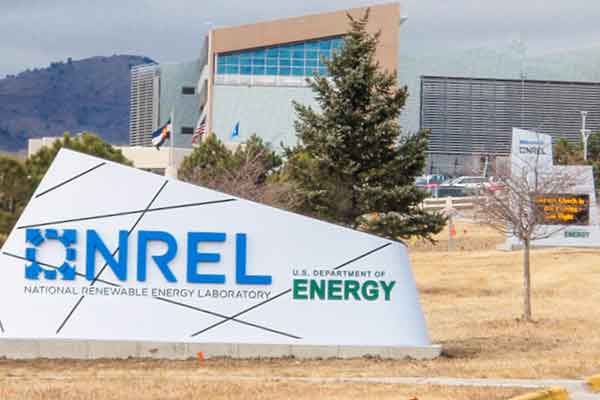It’s official; energy stocks are a hot commodity.
According to the latest edition of the TSX Venture 50 list, investors are putting their money in stocks that fall under the energy transition category.
Solar power, lithium, and hydrogen are on the list of top performers on Canada’s major venture exchange in 2022.
The list was released by the Toronto Stock Exchange last week. Loui Anastasopoulos, CEO of the Toronto Stock Exchange, explains the popularity:
“As the worlds thinking about and grappling with energy transition, critical minerals — things like copper, lithium — are obviously increasingly important. Things like electric vehicle batteries, to solar and wind power installations — the demand continues to grow. And I think you’re seeing that in some of the performance here.”
The companies on the TSX Venture 50 list are ranked by their 2022 performance across three areas, market capitalization growth, share price appreciation and trading volume.
Their most recent list showed small-cap issuers in the energy, mining, clean technology, life sciences, and diversified industries.
Who came out on top?
Despite market volatility last year, the top performers on the Venture 50 list showed impressive overall gains, with an average return of 73% and an average market capitalization of 145%.
On the list of top performers was Vancouver-based First Hydrogen Corp. (with an increase of 144%) and Calgary-based CVW CleanTech Inc., which delivers clean technology solutions to Alberta’s oilsands industry (and saw an increase of 322% in market capitalization).
Renewable energy developer, Greenbriar Capital Corp, landed among the winners along with Calgary-based solar energy company Westbridge Renewable Energy.
The mining sector is booming compared to other industries; it grew 174% last year, while the combined growth across different sectors was 34%. Mining’s unparalleled growth can partly be explained by increased interest from investors in the critical minerals and metals space. Currently, lithium is in high demand, which also accounts for increased growth in the mining sector.
Why the sudden interest in lithium?
Lithium is a key component of electric vehicle batteries, which makes it a focus for the federal government’s $3.8-billion critical minerals strategy.
Canada is focused on increasing the extraction and production of lithium and other minerals used in EV production, such as cobalt, copper, titanium, and zinc.
How is the energy sector being seen by investors?
It’s a source of security. Strong fundamentals and robust commodity prices have supported the energy sector, Anastasopoulos explains.
During a time of instability, the energy sector seemed like a safe choice. A choice that, for many investors, paid off.















Comments